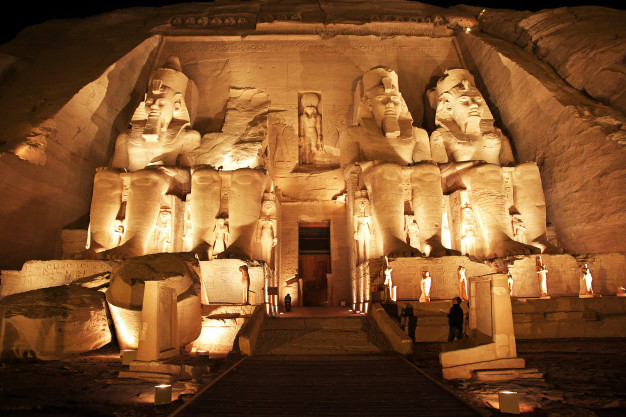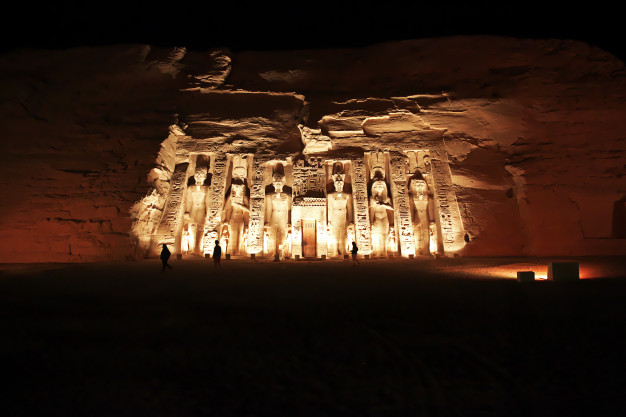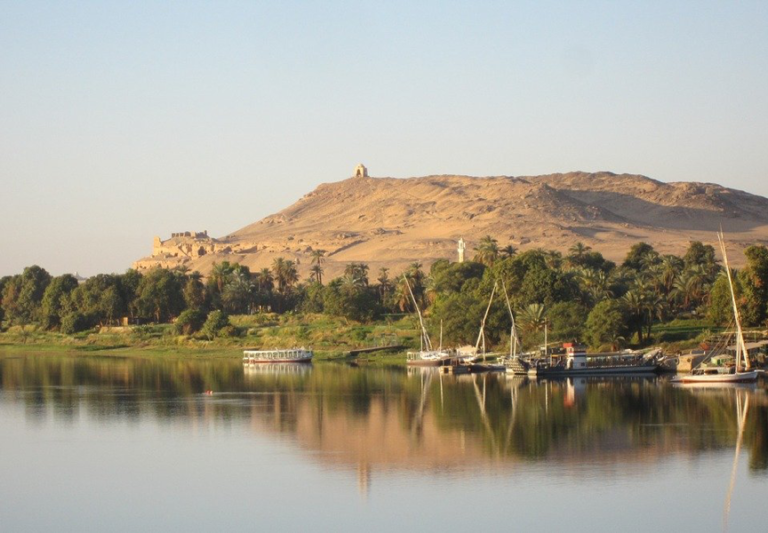The civilization of ancient Egypt lasted for more than 3000 years and this civilization showed an incredible amount of continuity. While the Greco- Roman period is considered to be in the distant past today, in Queen Cleopatra the VII’s reign, (which ended in 30 BCE), is much closer to our time than the time of the construction of the Pyramids of Giza. Humans took more than 4000 years to build something nearly as big or taller than these structures. Remarkable, isn’t it?
Geography of Egypt – The land of Egypt consists of cycles, both in topography as well as in nature. The entire length of the country is a barren stretch of desert except for a stretch of green land which explodes through the region where there is the legendary Nile river as it flows through the entire length of the country. While the river emerges from far deep within Africa, towards the South, it empties itself into the Mediterranean sea after flowing into a fan-shaped system, from a single channel, known as the delta of the Nile River towards the North of Egypt. Without the presence of this incredible river, Egyptian civilization would have been completely different and located entirely elsewhere. The Nile River provided a source of water for the fertile plains and lands that fed the development of this unique civilization and culture and was also a source of giving constant water for other purposes. Each year, there would be a massive flood due to the melting snows in the far-off snow-heads which would lead to the overflowing water covering the land with rich black silt and making it extremely fertile. This was referred to as Kemet by the Egyptians. Known as the ‘black lands’ and contrasted this with the deshert or the ‘red lands’ of the arid and sterile desert. The tour to Egypt by Star Vacation will take you on a journey across the marvels of Ancient Egypt and show you their geographical cycles and a tour to Egypt will include the famous Nile river cruise too.
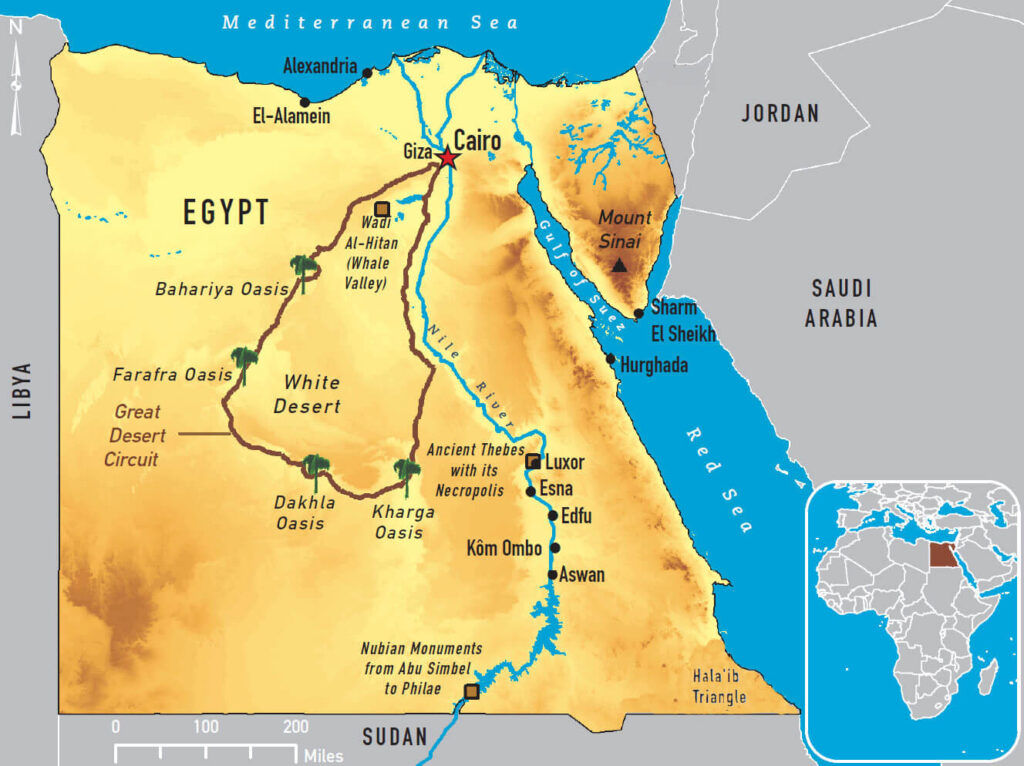
Image Credits: High Quality Travel
Early Development – Predynastic Period – ‘Pharaonic Egypt’ or ‘Dynastic Egypt’ which was the time when the whole country of Egypt was unified and ruled under one ruler began around 3100 B.C.E. The period before this unification, from 500 B.C.E. to 3100 B.C.E. is often referred to as Predynastic Egypt by scholars and historians. Prior to this, there were Neolithic and Paleolithic groups that were thriving in Egypt, stretching back to hundreds of thousands of years. These had descended from the Homo Erectus who had settled in the Nile valley. During this incredible Predynastic period, figurines, ceramics, mace heads, and other artifacts such as slate palettes which were used to grind pigments began to appear, and so did the imagery that became iconic during the pharaonic era.
The civilization of ancient Egypt lasted for more than 3000 years and this civilization showed an incredible amount of continuity. While the Greco- Roman period is considered to be in the distant past today, in Queen Cleopatra the VII’s reign, (which ended in 30 BCE), is much closer to our time than the time of the construction of the Pyramids of Giza. Humans took more than 4000 years to build something nearly as big or taller than these structures. Remarkable, isn’t it?
Dynasties – The history of the Egyptians was referred to by themselves in relation to the ruler of their time. The years were recorded as regnal dates generally or in Latin, meaning kingdom or rule, of the ruling king and the numbers began anew with each new reign. The kings who came later recorded the names of their predecessors in vast lists known as the ‘kings lists’ on the walls of their temples and offered themselves as offerings to the rulers who had come and ruled before them. The temple of Seti I in Abydos is one of the best examples of such temples.
The Pharaoh – Not just a King – The strong kings of ancient Egypt were extremely complex intermediaries that straddled between the terrestrial and the divine realms. They were obviously living humans but upon accession to the throne, they embodied the presence of divine kingship as well. The ka, or spirit, of kingship, was a completely separate identity standing beside the human ruler and apart from it. The divine aspect to the human ruler gave him the authority to rule over Egypt. The living king was associated with the virile, falcon-headed god Horus, who is believed to bestow the throne to the first human king of Egypt. The tour to Egypt by Star Vacation will let you experience this land which was once ruled by the powerful Pharaoh’s.
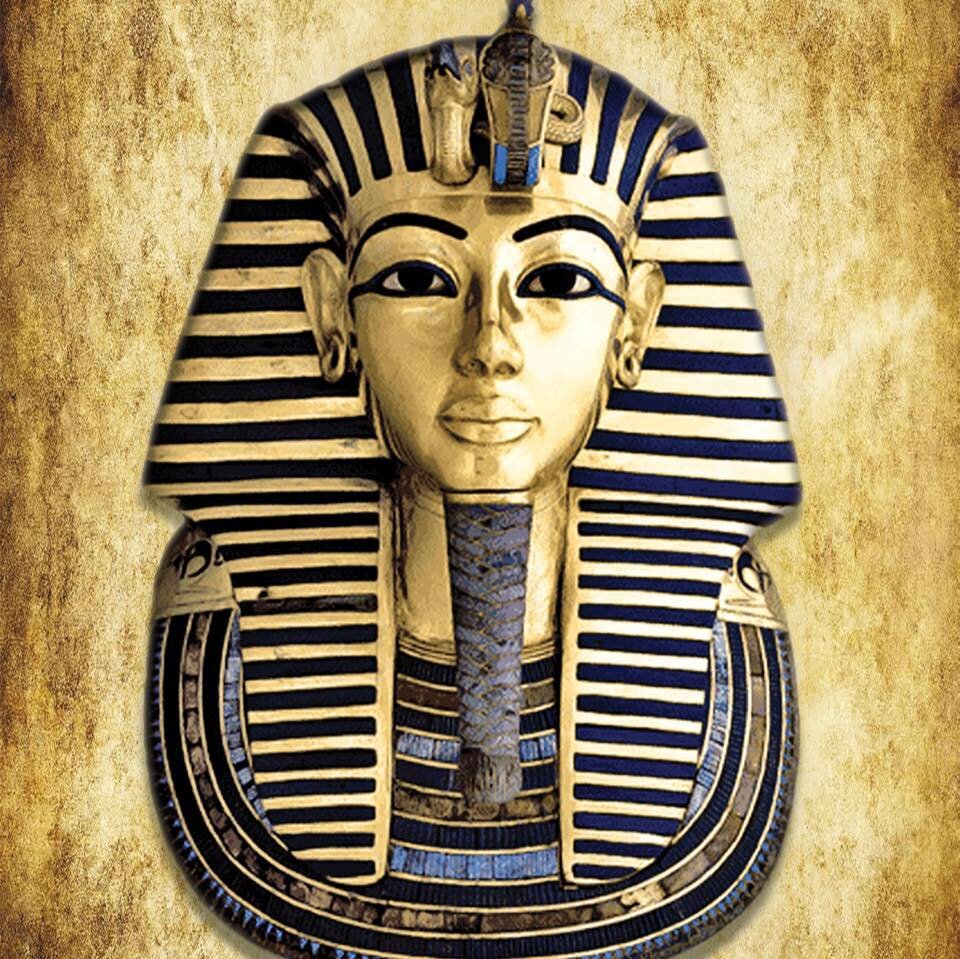
Image Credits: Drove Rideshare
The Great Pyramids Of Giza – The pyramids of Giza are the last remaining seven wonders of the ancient world. These great structures are one of the most discussed and famous monuments in history. These massive monuments are so huge that they enthrall us even today with their massive size, and were unsurpassed in height for thousands of years. The exact orientation of these amazing pyramids and their mind-boggling construction has led to many theories and speculations regarding their construction and some people go as fast to say that they were the result of an extraterrestrial impetus. However, the truth is that the three pyramids on the Giza plateau were built by the three rulers Khufu, Khafre, and Menkaure over three generations. Each pyramid is a part of a royal mortuary complex that included one temple at its base in all three. When you take the tour to Egypt, a visit to the pyramids of Giza is a must as no visit to Egypt is complete without it!
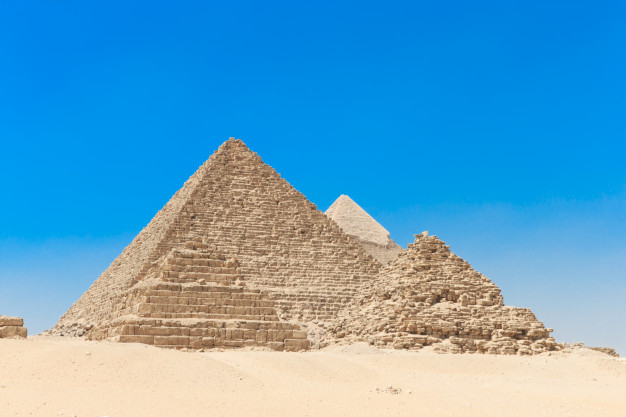
The Great Sphinx – The causeway leading away from Khafre’s valley temple to the mortuary temple has a truly colossal structure of Egyptian marvel at its very end, the Great Sphinx. This close depiction indicates that this massive depiction of a lion with the head of a king was carved for the mighty Pharaoh Khafre. The Great Sphinx has been carved from the bedrock of the Giza plateau. The tour to Egypt by Star Vacation includes a visit to the Great Sphinx, the great lion.
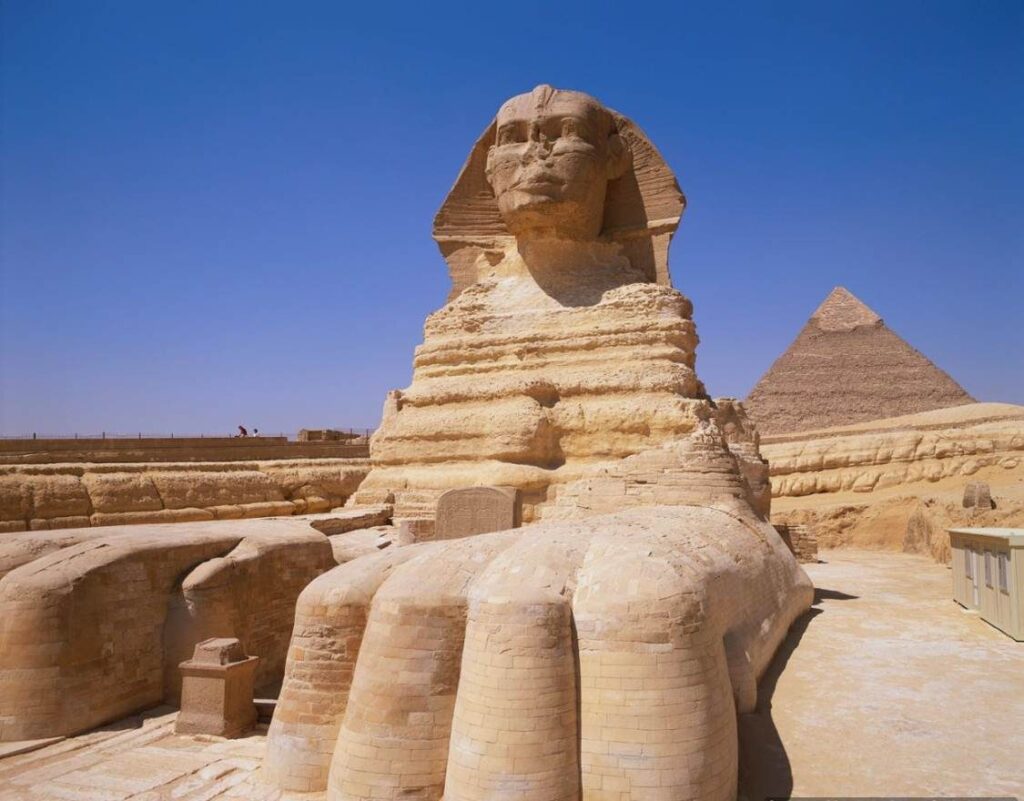
Image Credits: Egypt tour portal
